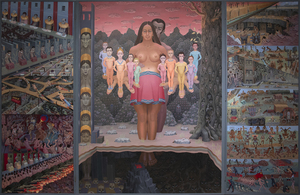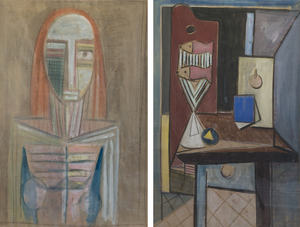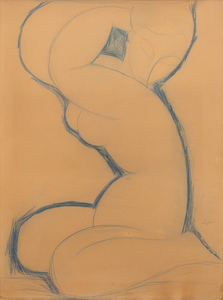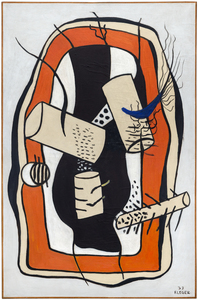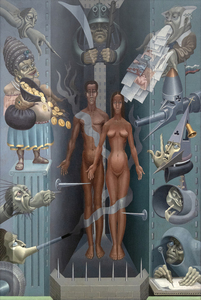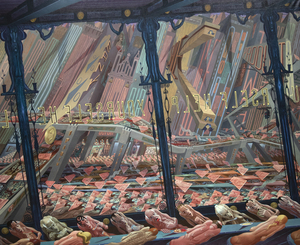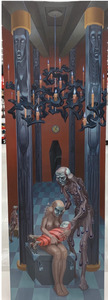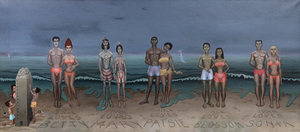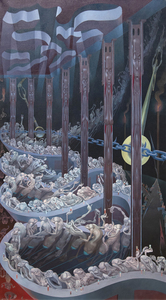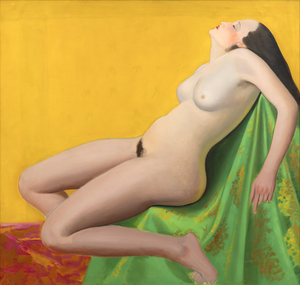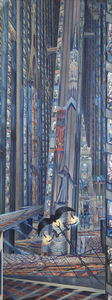DIEGO RIVERA (1886-1957)
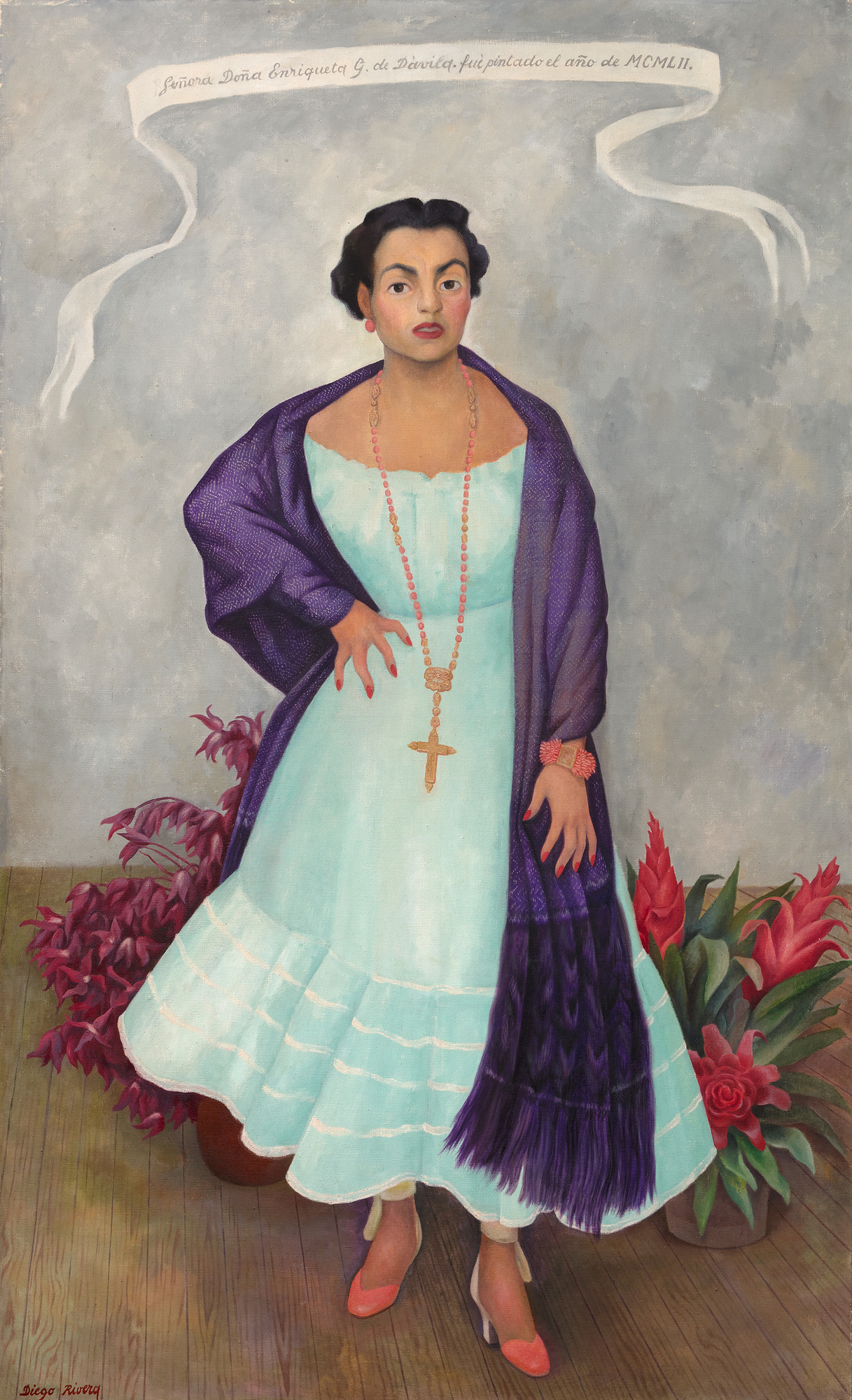
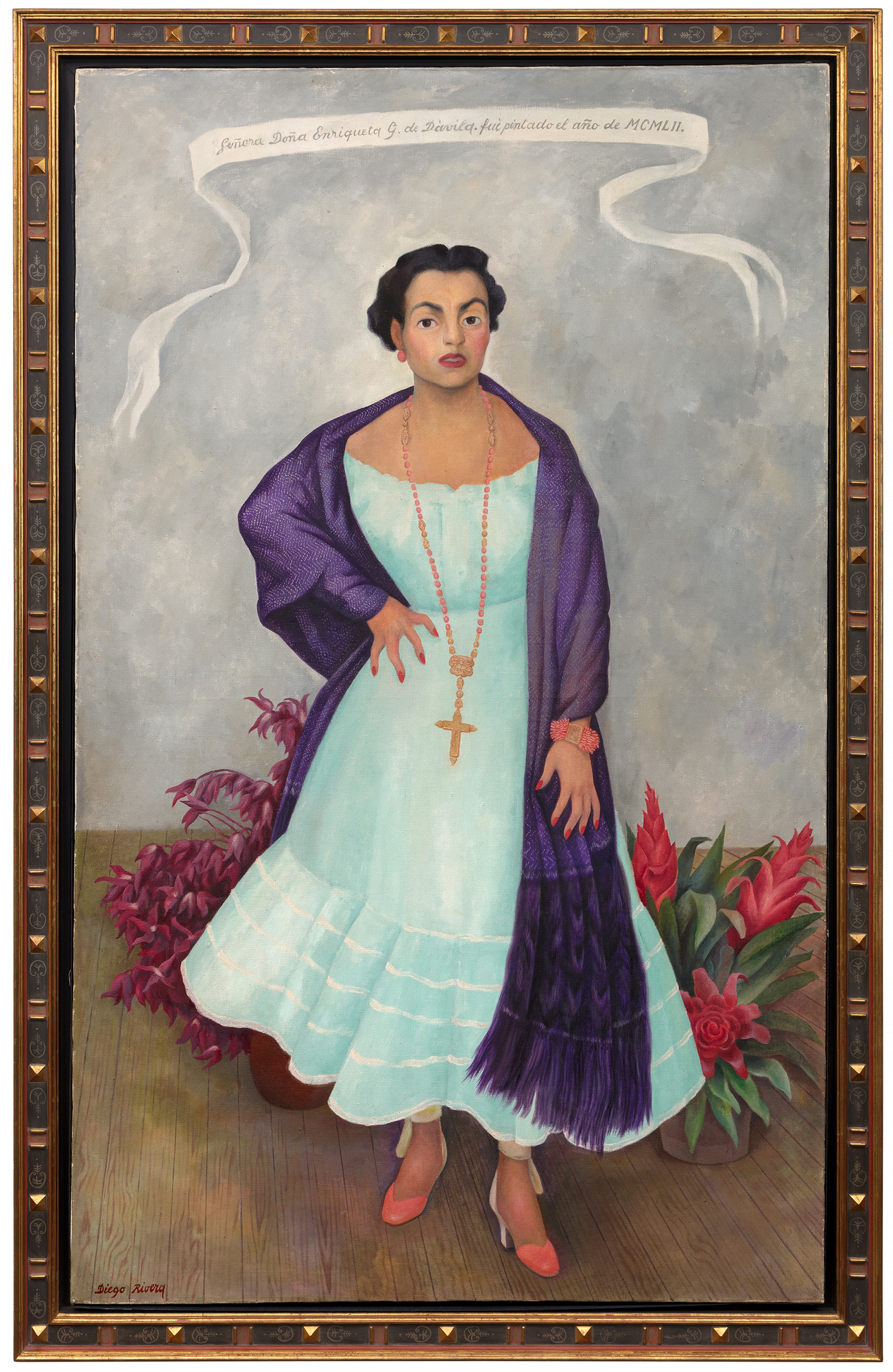
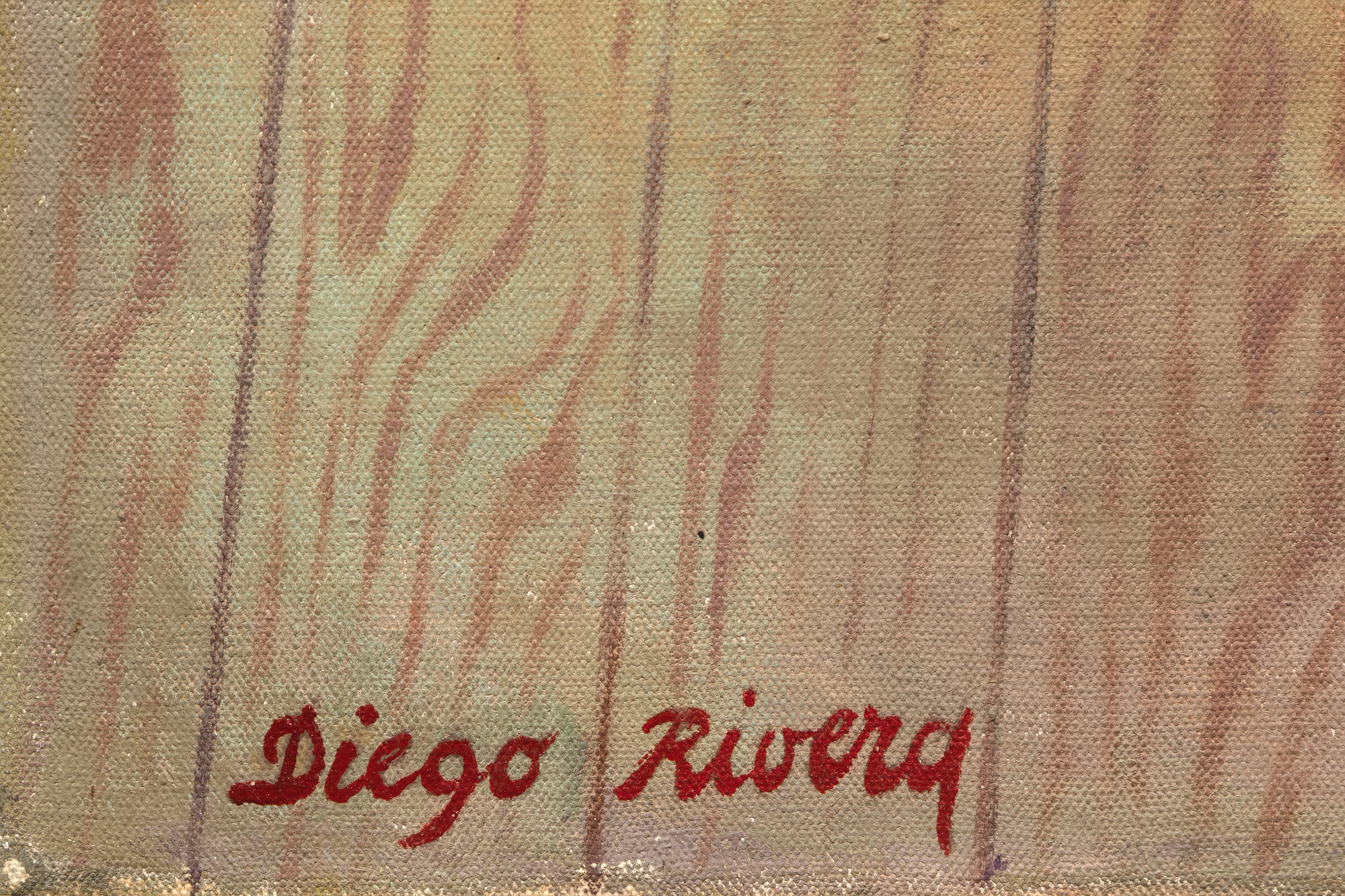
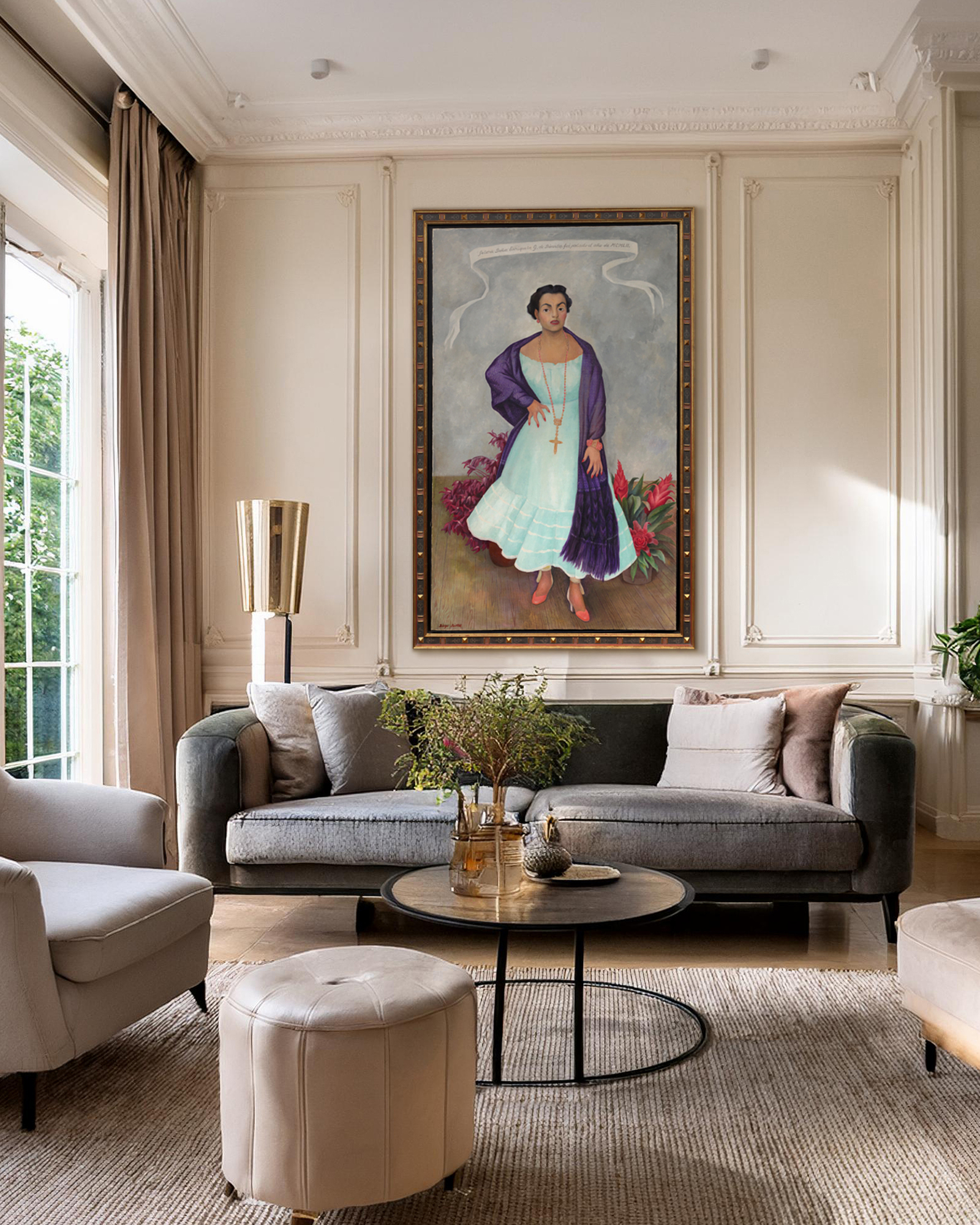
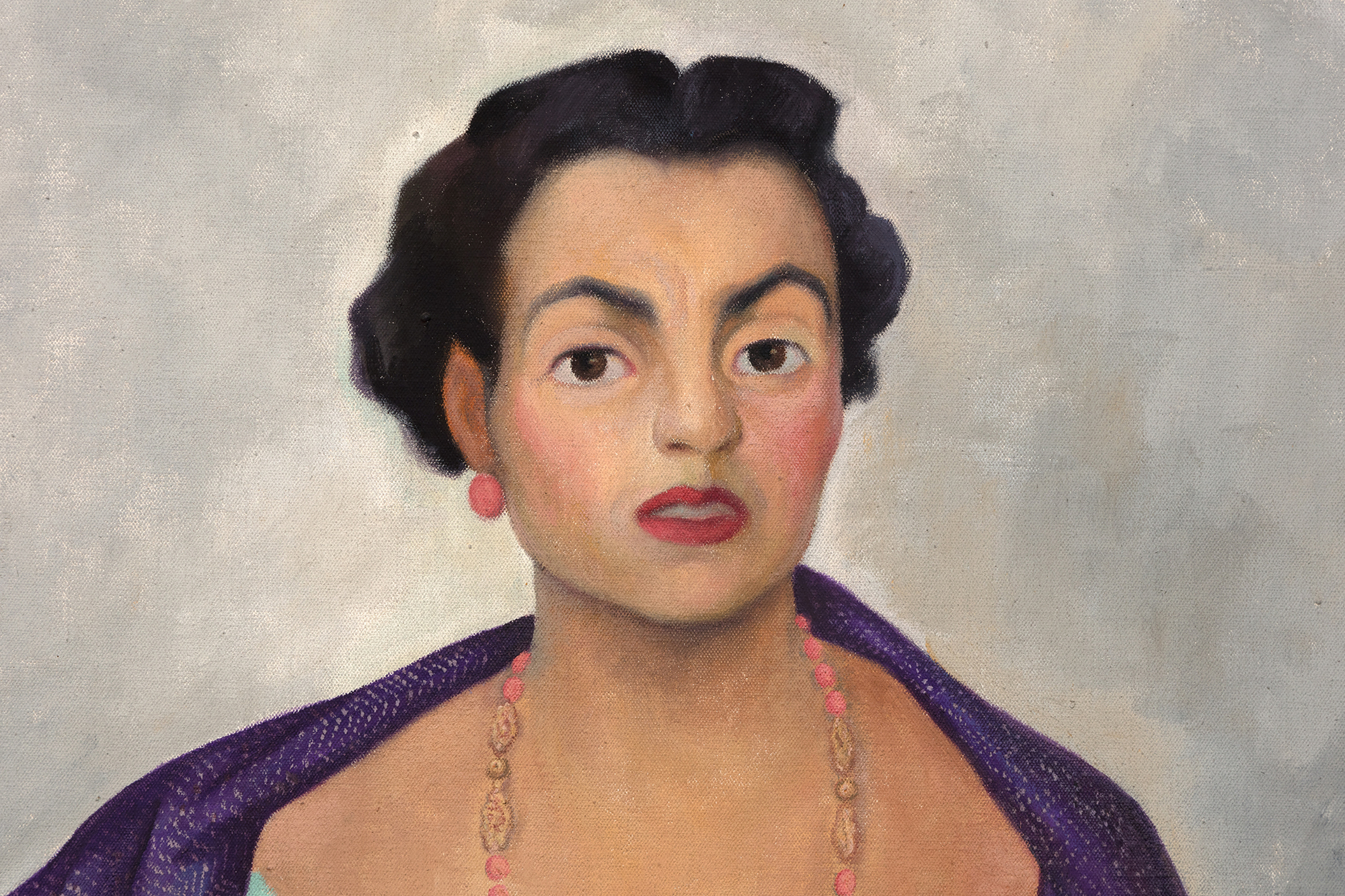
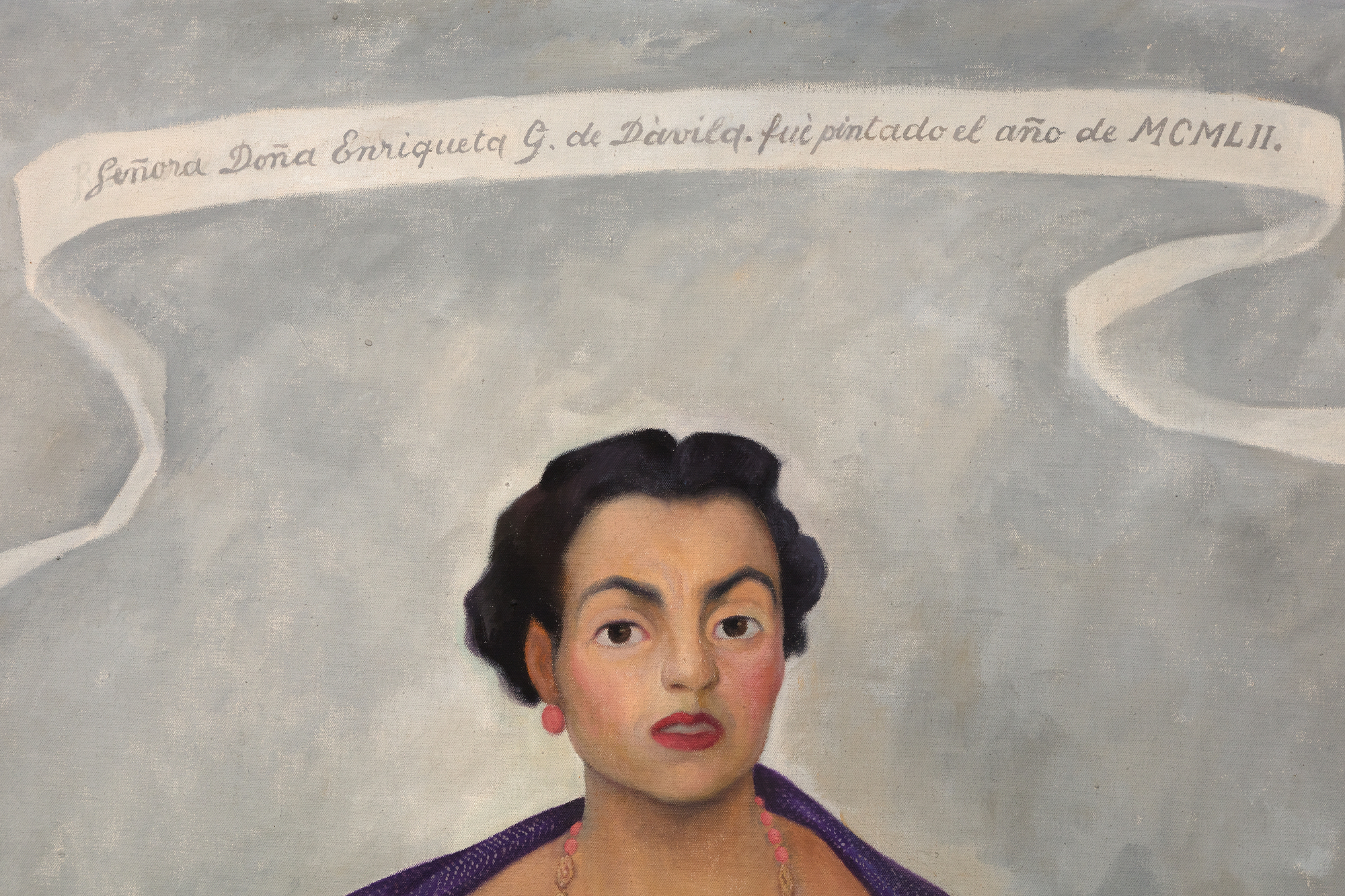
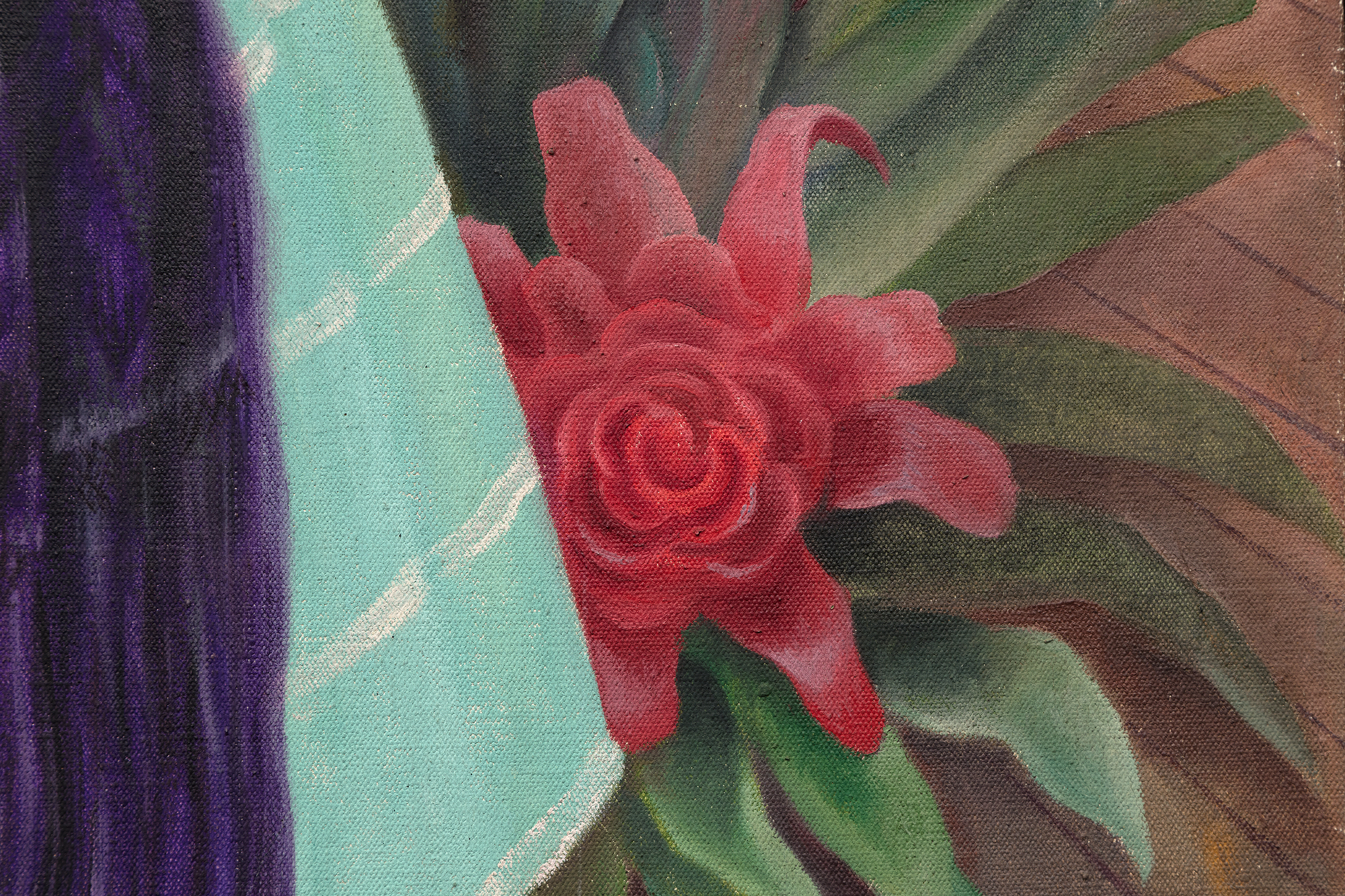
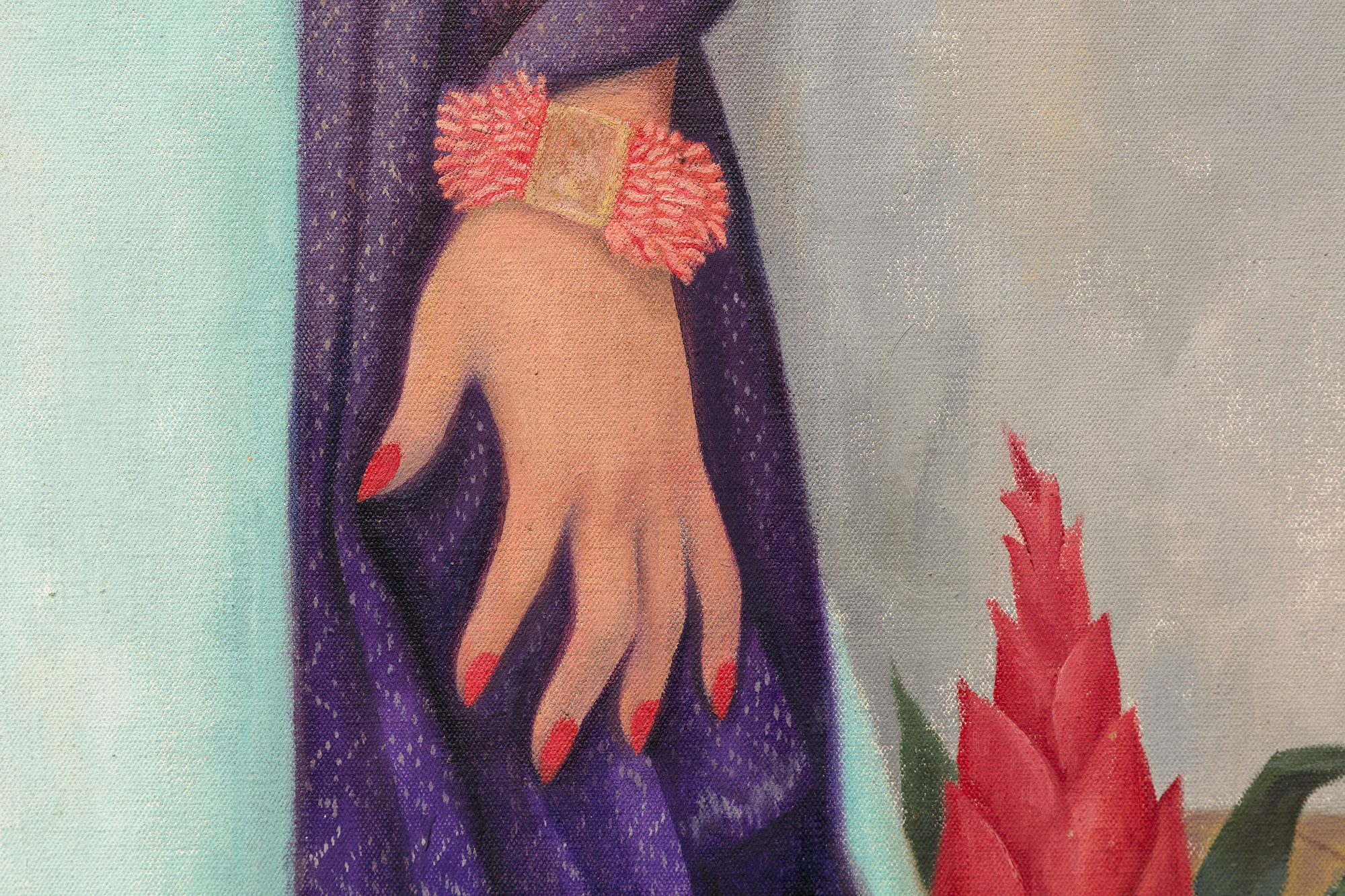
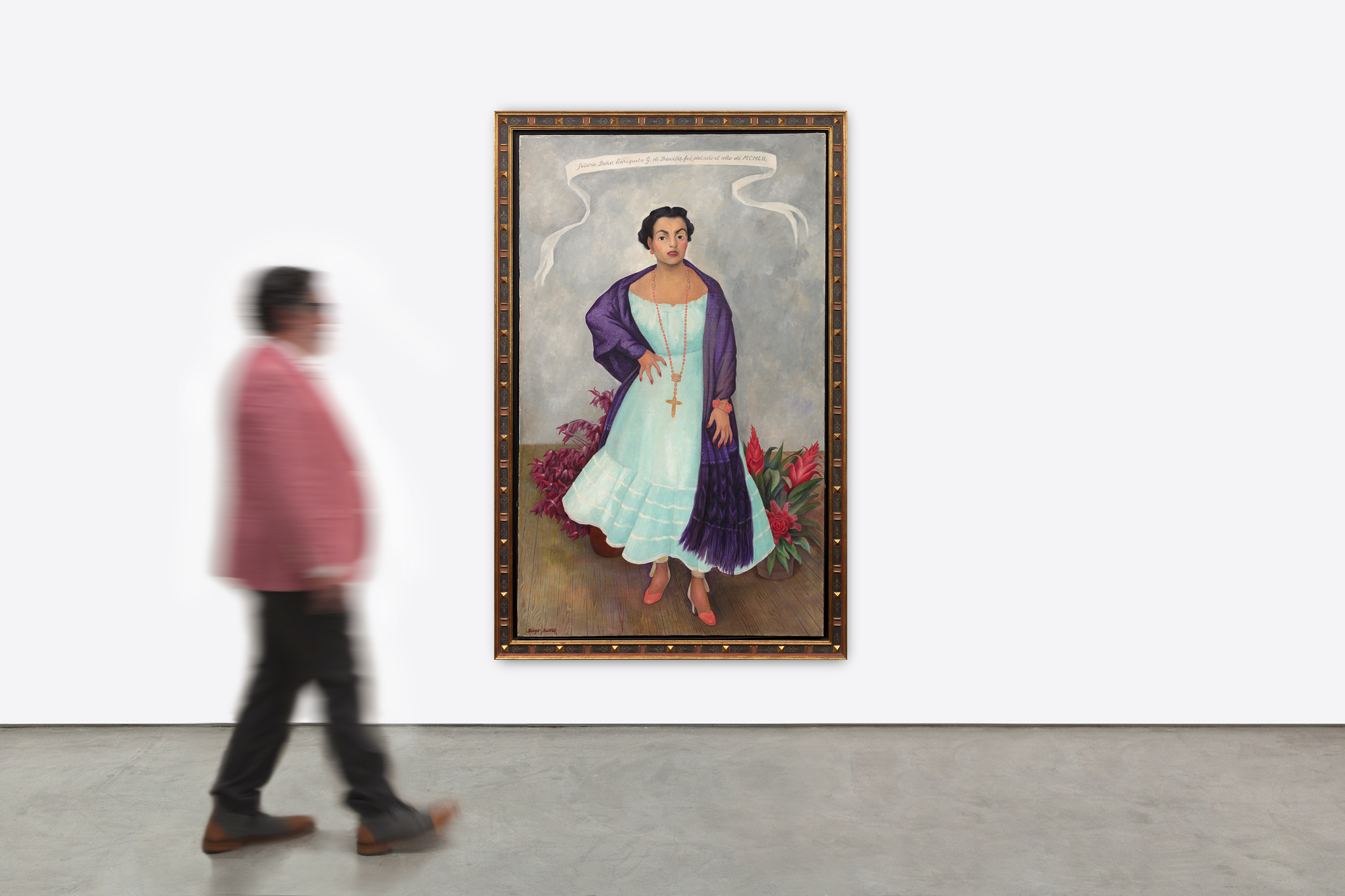
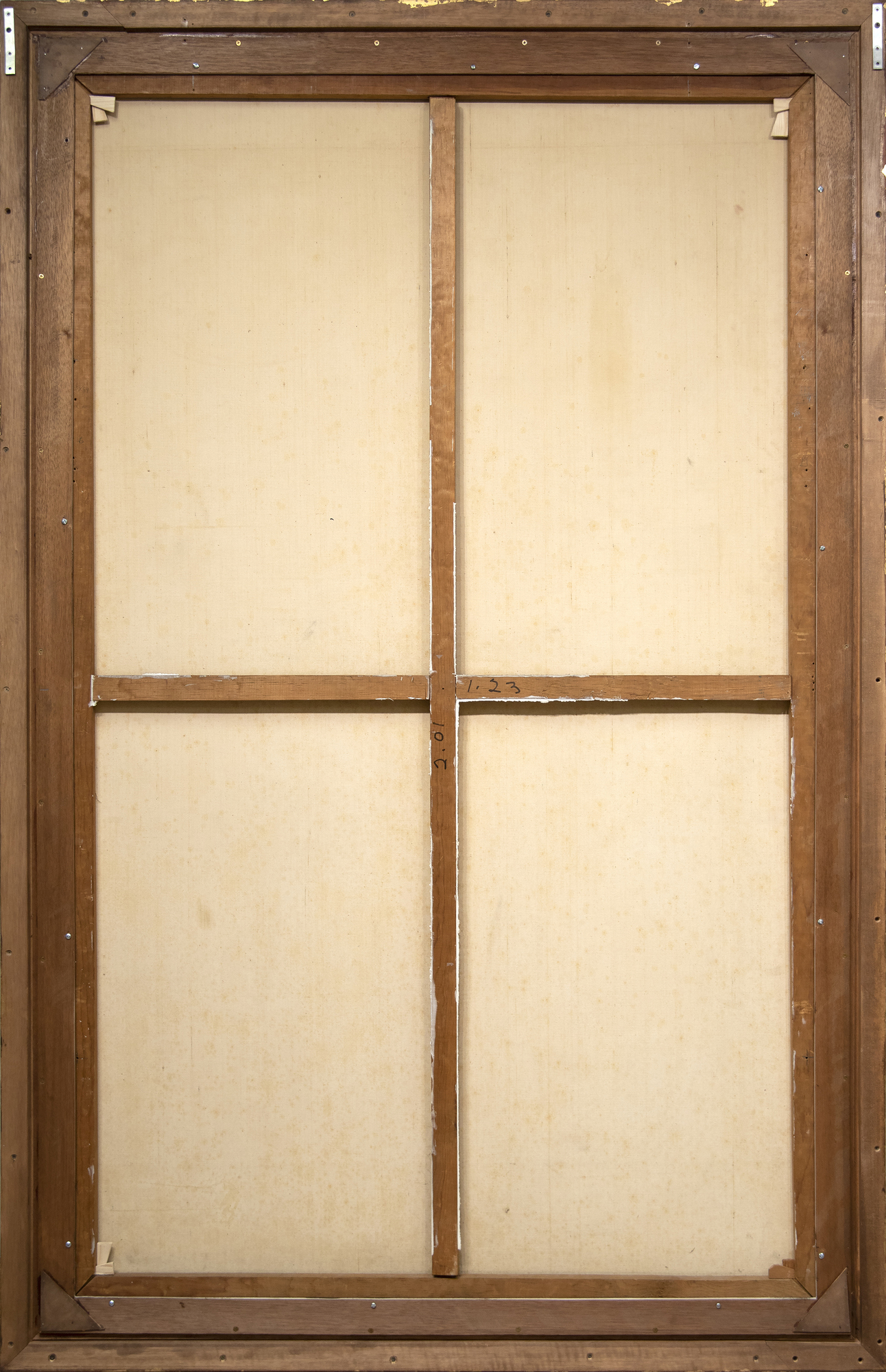
Provenienz
Enriqueta Goldbaum de DávilaEnriqueta Dávila Goldbaum, durch Abstieg von oben
Privatsammlung, Houston
Privatsammlung, erworben von der oben genannten
Ausstellung
Genua, Italien, Palazzo Ducale, Frida Kahlo und Diego Rivera 20. September 2014 - 8. Februar 2015Mexiko-Stadt, Mexiko, Museo Dolores Olmedo, Homenaje a Diego Rivera. Retratos, 20. Oktober 2007 - 2. Januar 2008
Houston, Vereinigte Staaten, Museum of Fine Arts Houston, Kurzzeitleihgabe während 2007 Orizaba, Mexiko, Museo de Arte del Estado de Veracruz, La brillantez previa...Mehr..... al pincel,
11. Mai - 21. August 2006
Xalapa, Mexiko, Pinacoteca Diego Rivera, Los Cuatro Grandes, März - Juni, 2006 Mexiko-Stadt, Mexiko, Museo del Palacio de Bellas Artes, Diego Rivera: Una Retrospectiva, September 1986 - Januar 1987
Literaturhinweise
García, Josefina. Homenaje a Diego Rivera: Retratos. Mexiko-Stadt: Museo Dolores Olmedo, Patiño, 2007. S. 129. DruckenGutiérrez L. Cortés. Diego Rivera: Catálogo General de Obra de Caballete. Mexiko-Stadt: Consejo Nacional para la Cultura y las Artes, Dirección General de Publicaciones, 1989, S. 265. Drucken
Diego Rivera: Una Retrospectva. Ciudad de México: Museo del Palacio de Bellas Artes, INBA, Secretaría de Educación Pública, 1986. Druck
Los Cuatro Grandes. Xalapa. Veracruz: Pinacoteca Diego Rivera, 2006. Drucken. Prignitz-Poda, Helga. Frida Kahlo e Diego Riera. Milano: Skira, 2014, Kat. 252, S. 146, 265
...WENIGER.....
Geschichte
In Diego Riveras Porträt von Enriqueta Dávila macht der Künstler eine Mexicanidad, eine Qualität des Mexikanisch-Seins, in dem Werk geltend, zusammen mit seinen starken Gefühlen gegenüber der Dargestellten. Darüber hinaus ist dieses Gemälde unter seinen Porträts einzigartig in seiner Verwendung von Symbolismus, der uns ein starkes, wenn auch undurchsichtiges Bild der Beziehung zwischen Künstler und Porträtiertem vermittelt.
Enriqueta, eine Nachfahrin der bekannten Familie Goldbaum, war mit dem Theaterunternehmer José María Dávila verheiratet. Die beiden waren eng mit Rivera befreundet, und der Künstler bat zunächst darum, das Porträt von Enriqueta zu malen. Enriqueta fand die Bitte unkonventionell und willigte unter der Bedingung ein, dass Rivera ihre Tochter Enriqueta "Quetita" malt. Rivera fängt den Geist der Mutter durch die Verwendung der Dualität in verschiedenen Bereichen des Gemäldes ein, von den Bodenbrettern über ihre Hände bis hin zu den Blumen. Warum der Spalt im Horizont des Bodenbretts? Warum das auffällige Kreuz, obwohl Enriquetas Familie jüdisch ist? Sogar ihre Pose ist interessant, denn sie zeigt eine Frau, die ihre eigene Macht kontrolliert, was durch ihre Hand an der Hüfte unterstrichen wird, die Rivera als Klaue bezeichnet, was unser Verständnis ihrer Statur weiter verkompliziert.
Die Verwendung von Blumen, zusammen mit ihrem "Rebozo" oder Schal, unterstreicht die mexikanische Identität. Rivera verstand es, Blumen in seine Werke einzubinden und in den Mittelpunkt zu stellen, was zu einer Art Signatur wurde. Die Blumen zeigen Bromelien und Rosellen; erstere sind epiphytisch, letztere sind als Flor de Jamaica bekannt und werden oft für Hibiskustee und Aguas Frescas verwendet. Zwischen diesen beiden Blumen besteht also ein Spannungsverhältnis, das die komplizierte Beziehung zwischen Enriqueta und Rivera unterstreicht. Einerseits demonstriert Rivera seine und die mexikanische Identität der Porträtierten trotz der ausländischen Wurzeln von Enriquetas Familie, aber es kann auch eine andere Bedeutung geben, die Riveras Gefühle für das Motiv offenbart. Die Blumen, wie sie oft in Stillleben zu sehen sind, könnten auch auf die Vergänglichkeit des Lebens und der Schönheit hinweisen. Das Porträt der Tochter weist durch die Verwendung des Schals und der Blumen einige Ähnlichkeiten auf, aber durch einfache Veränderungen in den Gesten und der Art und Platzierung der Blumen beleuchtet Rivera eine stärkere Persönlichkeit in Enriqueta und eine dynamischere Beziehung, die durch seine Linse gefiltert wird.
MehrMARKTEINBLICKE
- Der Rekord für Rivera wurde im November 2022 für über 14 Millionen US-Dollar aufgestellt. Das Gemälde befand sich in der Paul G. Allen Collection.
- Ähnliche Porträtgemälde wurden bei einer Auktion für über 7,4 Millionen US-Dollar verkauft.
- Nach Angaben von Art Market Research beträgt die durchschnittliche jährliche Wachstumsrate für den Markt von Rivera seit 1976 10,9 % und in den letzten fünf Jahren 12,9 %.
Spitzenergebnisse bei Auktionen

"The Rivals" (1931) wurde für 14.130.000 $ verkauft.

"Retrato de Columba Domínguez de Fernández" (1950) wurde für 7.445.250 $ verkauft.

"La bordadora" (1928) wurde für 4.140.000 Dollar verkauft.
















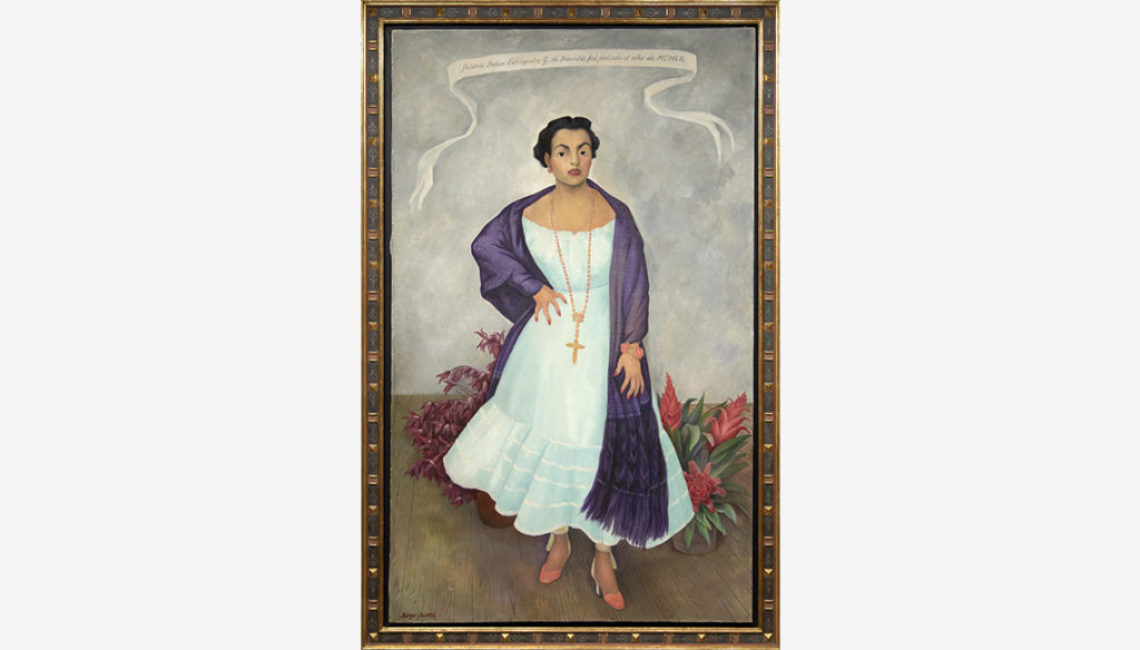





















,_new_mexico_tn40147.jpg )
